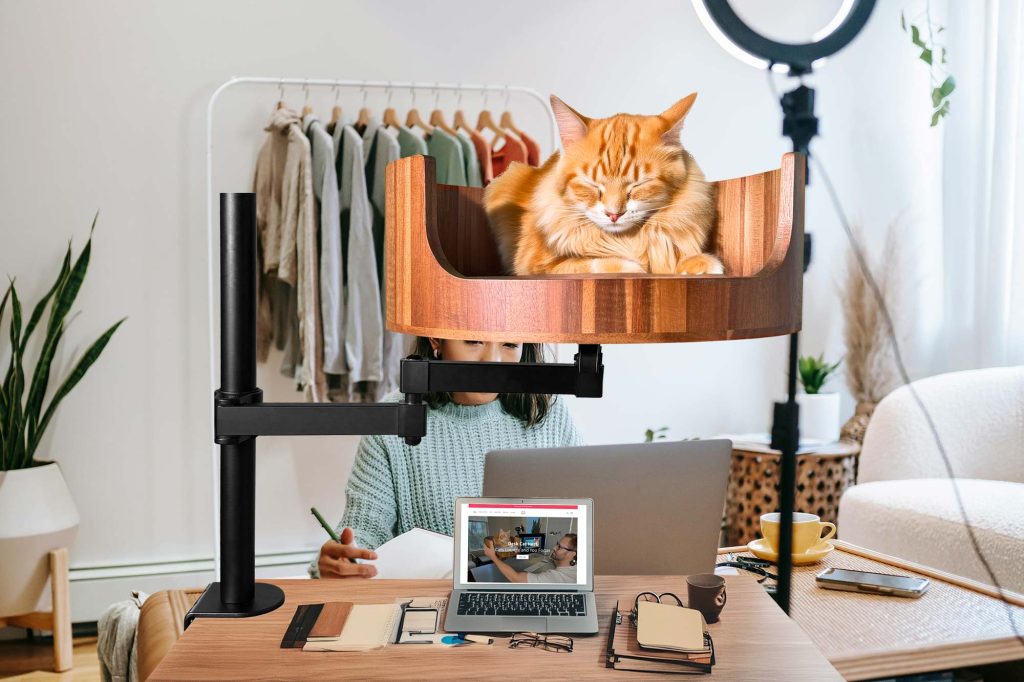If your furry feline friend has been vomiting liquid, it can be a cause for concern and distress for both you and your pet. Understanding the potential causes behind this behavior and finding suitable solutions is vital to maintaining your cat’s health and well-being. In this article, we will delve into the various reasons why cats vomit liquid, as well as provide valuable insights on how to address this issue effectively.
From hairballs and dietary issues to more serious health conditions such as pancreatitis or kidney disease, there are numerous factors that can contribute to your cat vomiting liquid. By identifying the underlying cause, you can take appropriate steps to alleviate your cat’s discomfort and prevent further episodes of vomiting. We will explore common solutions such as adjusting your cat’s diet, providing adequate hydration, and seeking professional veterinary care when necessary. Stay tuned as we unravel the mystery behind cat vomiting liquid and equip you with the knowledge to help your feline companion feel better.
1. Cat vomiting liquid can be caused by a variety of factors, including hairballs, dietary issues, or underlying health problems.
2. It is important to monitor your cat’s vomiting frequency, consistency, and any accompanying symptoms to determine the underlying cause.
3. Providing a balanced diet, access to fresh water, and regular grooming can help prevent vomiting in cats.
4. Consult your veterinarian if your cat is vomiting frequently or if the vomit contains blood, as these may indicate a more serious condition.
5. Treatment options for cat vomiting liquid may include dietary changes, medication, or addressing any underlying health issues.
Common Causes of Cat Vomiting Liquid
Some common causes of cat vomiting liquid include hairballs, dietary indiscretion, food allergies, ingestion of toxic substances, infections, pancreatitis, kidney disease, and liver problems. Hairballs are a common issue among cats, especially those with long hair, as they can build up in the stomach and be expelled through vomiting. Dietary indiscretion refers to cats eating something they shouldn’t, such as spoiled food, toxic plants, or foreign objects. Food allergies can also cause vomiting, along with other symptoms like diarrhea and skin irritation. Ingesting toxic substances like certain plants, human foods, or household cleaners can lead to vomiting and other serious health issues in cats. Infections, pancreatitis, kidney disease, and liver problems can all cause vomiting as well and may require veterinary intervention to address.
Diagnostic Steps for Cat Vomiting Liquid
When a cat is vomiting liquid, it is essential to take them to the veterinarian for a proper diagnosis. The vet will likely perform a physical examination, including checking the cat’s vital signs, palpating the abdomen, and observing the cat’s overall condition. They may also recommend blood tests, urinalysis, imaging tests like X-rays or ultrasounds, and possibly endoscopy or biopsy to determine the underlying cause of the vomiting. Diagnostic tests can help rule out different health issues and guide the veterinarian in developing an effective treatment plan for the cat.
Treatment Options for Cat Vomiting Liquid
The treatment for cat vomiting liquid will depend on the underlying cause of the issue. In cases of hairballs, the vet may recommend a special diet or over-the-counter hairball remedy to help the cat pass the hairball more easily. For dietary indiscretion, the vet may advise withholding food for a period of time and reintroducing a bland diet slowly. Food allergies may require a diet change to eliminate the allergen or specific medications to manage the symptoms. In cases of toxicity, immediate veterinary intervention is necessary to prevent further harm to the cat. Infections, pancreatitis, kidney disease, and liver problems may require medications, dietary changes, or other interventions to address the underlying health issue and alleviate the vomiting symptoms. Consulting with a veterinarian is crucial to determine the most appropriate treatment for a cat vomiting liquid.
Frequently Asked Questions
How can the Desk Cat Nest help with cat vomiting liquid?
The Desk Cat Nest is designed to provide a comfortable and safe space for your cat to rest and relax. By using the Desk Cat Nest, your cat may feel more at ease and less stressed, which can help reduce the likelihood of them vomiting liquid.
Is the Desk Cat Nest easy to clean?
Yes, the Desk Cat Nest is made with washable materials that can easily be cleaned with a damp cloth or mild detergent. This makes it easy to maintain a clean and hygienic space for your cat.
Can the Desk Cat Nest accommodate all cat sizes?
The Desk Cat Nest is designed to comfortably accommodate cats of various sizes, from small to medium breeds. However, it is important to closely monitor your cat while using the nest to ensure they are comfortable and have enough space.
Will my cat quickly adjust to using the Desk Cat Nest?
Every cat is unique, so their transition to using the Desk Cat Nest may vary. To help your cat adjust, consider placing familiar toys or blankets inside the nest to make it more inviting. Patience and positive reinforcement can also encourage your cat to use the nest regularly.
Is the Desk Cat Nest durable and long-lasting?
Yes, the Desk Cat Nest is made with high-quality materials that are durable and built to last. With proper care and maintenance, the Desk Cat Nest can provide your cat with a cozy and comfortable space for years to come.
In conclusion, the Desk Cat Bed is a valuable choice for cat owners dealing with cats vomiting liquid. This innovative bed design helps to elevate your cat’s head while they sleep, reducing the likelihood of stomach acid reflux and vomiting. With its comfortable and secure design, the Desk Cat Bed provides a cozy and calming space for your cat to rest, promoting better digestion and reducing the occurrence of vomiting. Invest in the Desk Cat Bed today to provide your feline companion with a peaceful and comfortable sleeping environment that can help alleviate their vomiting issues.


